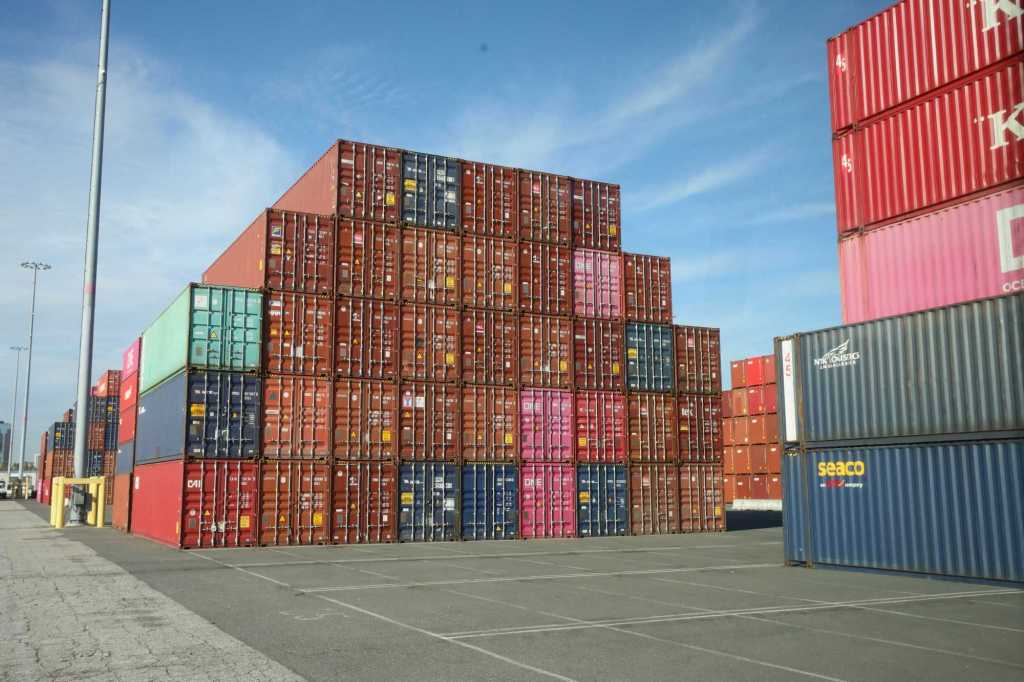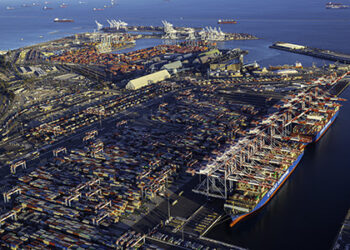Cargo volumes last month and in the first quarter overall dipped at the Port of Los Angeles, as expected, Executive Director Gene Seroka said during his monthly news conference on Wednesday, April 12 — though there was a bit of good news.
In March, cargo numbers were 34% lower compared to the same month last year, which set a record as the highest March volume on record.
But the March 2023 container volumes — at 623,234 twenty-foot-unit equivalent units (TEUs), the industry’s standard measurement — surpassed the expectations, Seroka said, which had been anticipated at coming in at around 600,000.
March cargo numbers for the neighboring Port of Long Beach were not yet available as of Wednesday.
First-quarter numbers in the Port of Los Angeles, meanwhile, fell by about 32%, to 1.8 million TEUs, below 2022’s first-quarter figures.
The trends, Seroka re-emphasized, “are disappointing” and need to be reversed.
“Economic conditions slowed global trade considerably in the first quarter,” he said. “However, we are beginning to see some signs of improvement, including nine consecutive months of inflation declines. While March cargo volume was lower than last year at this time, early data and monthly growth indicates a moderate increase in (the third quarter).”
As cargo volumes continue to decline from the record numbers seen a year ago, the focus on what so far is an unresolved labor contract process remains a growing concern at West Coast ports.
Among the leading factors of the cargo downturn, if fact, is “widespread concern over the ongoing West Coast labor negotiations,” Seroka said. The tensions intensified a week ago when worker shortages swept both the ports of LA and Long Beach for two days, leaving the largest container gateway into the US closed most of the second day. Operations resumed this week.
Explanations differed between the two negotiating parties, with the employers, Pacific Maritime Association, attributing it to a…
Read the full article here







